Features of printers for printing on plastic cards
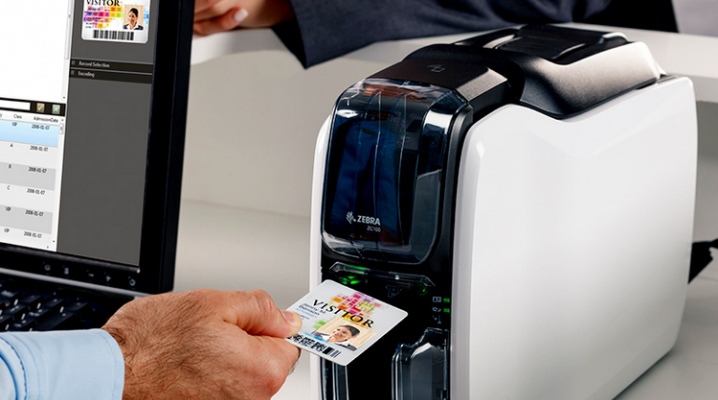
We can hardly imagine our life without plastic cards. These are not only bank cards, but also various passes, badges, electronic keys and much more. All these things are associated with speed, rationality and modernity. We are used to them and are not going to refuse.
All of these plastic products are printed on special printers that are noticeably different from ordinary office machines.... So what is this miracle unit? What functions are available to him? Which model should you choose? Let's consider everything in order.
Device
Printer for printing on plastic cards Is a mechanism whose purpose is to map the necessary information.

It can be:
- black and white or color prints;
- embossing;
- bar codes;
- laser engraving;
- embedding of microchips;
- inserting a magnetic strip;
- lamination.
For home needs, these functions are unlikely to be relevant, so printers are in demand in business. Financial institutions, sports clubs, large industrial enterprises, restaurant chains and other establishments have long been in step with the times and widely use plastic cards. For example, using one printer, you can make passes for all employees of the enterprise, introduce a card discount system.
You can learn more about how plastic cards are made from the video below.
Outwardly, it is a unit small size, which includes a container for loading plastic blanks, a printing mechanism and a tray for receiving ready-made cards. Inside the device has a complex structure, since several processes can occur simultaneously during card production.
The lineup differs markedly in appearance, and, accordingly, in functionality. Some printers only print single-sided, while others do it on both sides of the card.
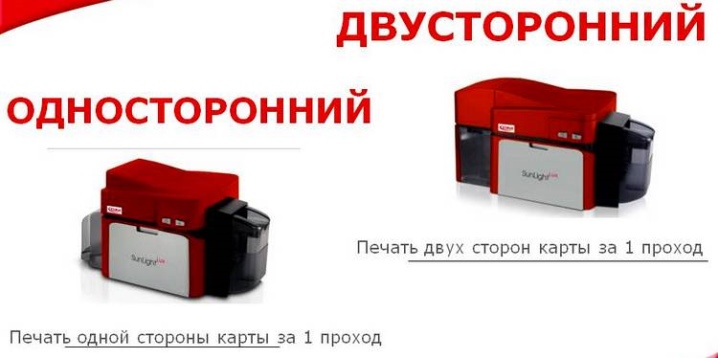
The number of colors used also depends on the type of device.... A computer is used to select the desired design and print information. It syncs with the printer via a cable or wirelessly by installing a driver.
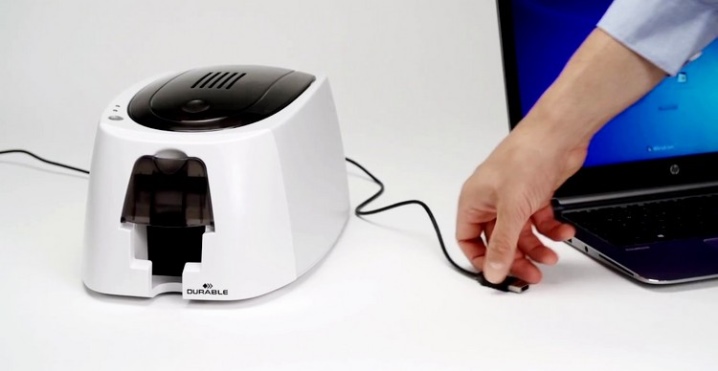
In addition to its direct purpose - printing, you can do coding or personalization. This function is required for access cards. A modern card printer has high performance, as well as the necessary level of protection of products from wear and tear and counterfeiting.
Views
By and large, printers for plastic cards, depending on the method of printing, are divided into two types.
- Thermal transfer or sublimation printing. The ink is initially transferred to the printing ribbon and then heat-applied to the plastic blank. When mixing inks in this type of printer, a huge number of shades are available. Prints are high quality and crisp. Feature - a thin border not filled with color remains on the edges of the card, but this does not spoil the product at all, but gives originality to the design.

- Retransfer or reverse printing... This method involves two steps. First, the paint falls on a special transparent film, is fixed on it, and only then it is thermally glued to the plastic. Information applied in this way cannot be faked. Due to the film coating of the card, its entire area is filled with pigment. Products are more resistant to mechanical damage.
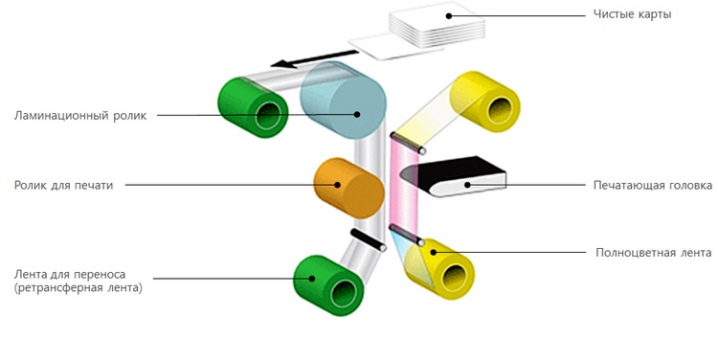
Performance card printers range from 1 to 15 thousand or more cards per year. Basic models produce a minimal number of cards and are used in small businesses. Medium - have a reasonable price and all the necessary set of functions for printing a variety of products.
Premium-class printers, in addition to the basic ones, also have a lot of additional functions: modules for coding and lamination, an autonomous touch screen.


The most popular is the middle option. Ease of use, combined with a relatively low price and excellent power, is attractive to purchase and meets the expectations of users.
Top Models
When comparing models of printers for printing on plastic cards, as well as based on customer reviews, there are several of the most popular manufacturers.
- Datacard - reverse printing method, the ability to apply prints on both sides at the same time. High quality images.
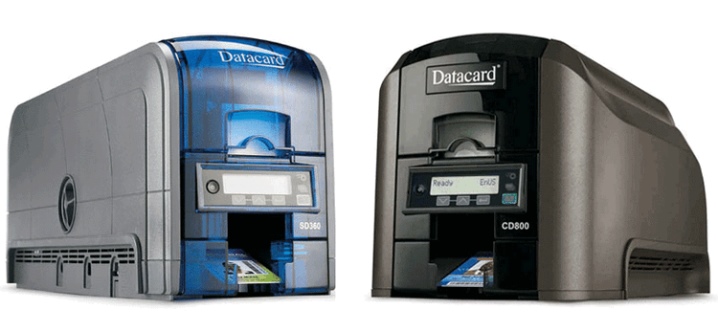
- Fargo - high speed thermal transfer printer.
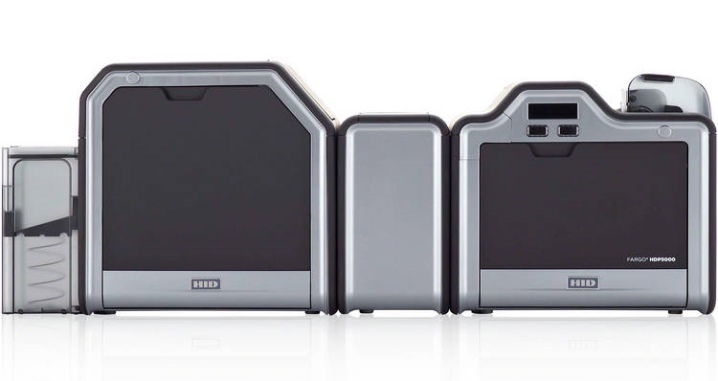
- Zebra - the bright design of the device is harmoniously combined with its ease of use. Printing is carried out by one-sided sublimation method, there is an encoding module.

- Securion - quite expensive, but common model, has almost the entire set of additional functions.
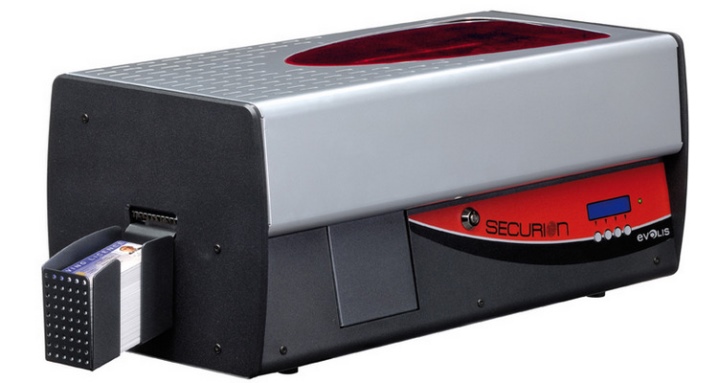
- Pebble - prints on almost any plastic surface. Has several coding and laminating modules.
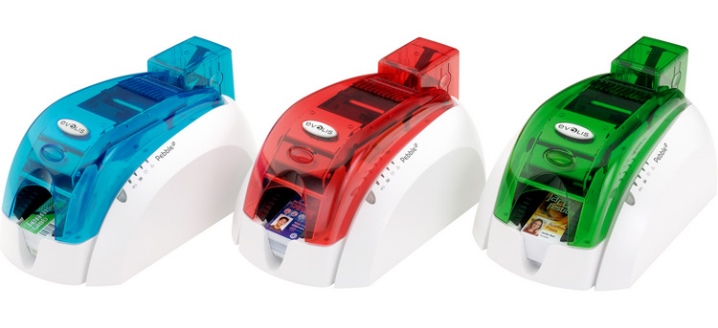
- Elypso - the device is lightweight. There is a possibility of color and monochrome sublimation printing. High working speed, low noise.
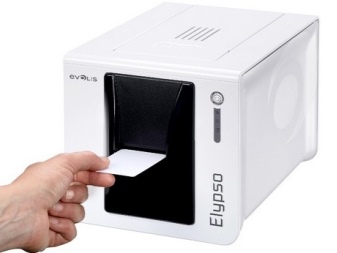
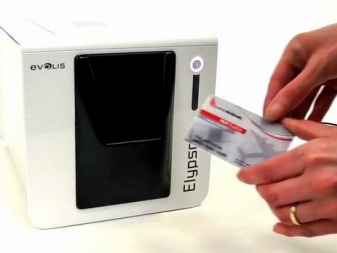
Every year more and more printers modernized... Developers are adding innovative features to make better use of devices.
How to choose?
Buying a card fingerprinter is pretty expensive pleasure, therefore, the choice of model must be taken seriously. To decide which printer to buy, you need to take into account the nuances of its purpose. The choice is influenced by factors such as:
- volumes of printed products;
- print type;
- the purpose of the cards;
- the number of colors you need;
- the need for encoding;
- the presence of a laminator.
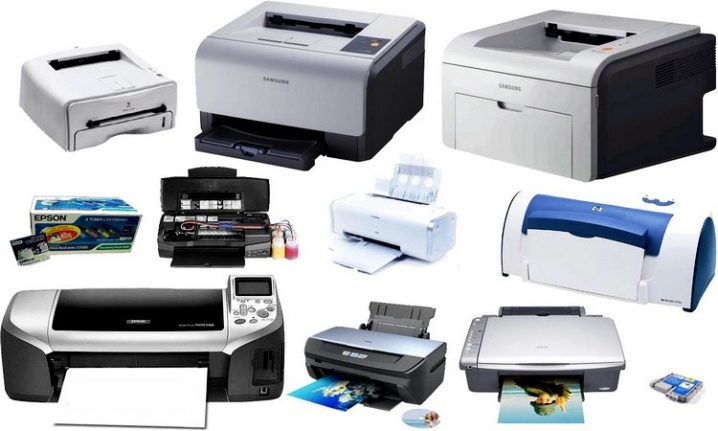
Any device upon purchase must be checked in operation and familiarized with its capabilities. On the Internet, you can now find a lot of reviews for any printer model, so when choosing, you can use the experience of other people.
The following video provides an overview of the Zebra P330i Card Printer.













The comment was sent successfully.